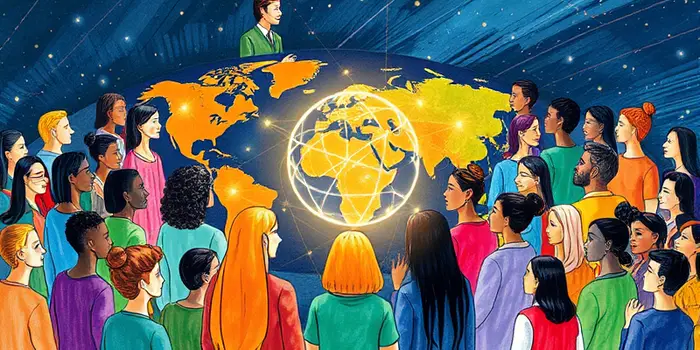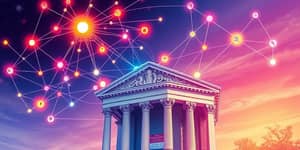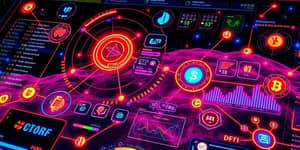
Decentralized Autonomous Organizations (DAOs) are reshaping traditional governance by leveraging blockchain technology. Through community participation, they offer a new model of organizational control that emphasizes transparency, participation, and automation.
A DAO is a decentralized autonomous organization structure that operates without a central authority. Governance is distributed among token holders who propose and vote on initiatives.
These organizations rely on governance tokens to allocate voting power. Each token represents a share in the decision-making process, granting holders the right to influence policies, budgets, and strategic directions.
The concept emerged in 2016 with an early experiment known as “The DAO,” which highlighted both potential and risks after a major security breach. Lessons learned have since strengthened smart contract auditing and community oversight.
At the core of a DAO's operation are smart contracts—self-executing agreements encoded on a blockchain. Once predefined conditions are met, these contracts automate tasks such as fund disbursement, proposal approval, and policy enactment.
Voting mechanisms can vary. Token-weighted voting gives influence proportional to holdings, while quadratic and conviction voting help mitigate power concentration among large token holders, encouraging a more balanced participation.
Every action within the DAO is recorded on-chain, creating a transparent digital record and auditability that anyone can inspect. This visibility fosters trust and accountability among members and external observers.
Off-chain governance complements on-chain processes through forums, chat platforms, and virtual meetings. Community moderators facilitate discussions, draft proposals, and enforce core values, ensuring alignment with the DAO’s mission.
These core components work together to form a robust ecosystem where decision-making is driven by the community’s collective voice rather than centralized authorities.
These innovations empower communities to allocate resources, drive projects, and adapt dynamically to new challenges. By removing intermediaries, DAOs lower barriers to entry and foster a sense of ownership among participants.
One prominent use case involves grant distribution. Once a proposal is approved by token holders, funds are automatically disbursed, ensuring swift and transparent support for projects ranging from software development to social impact programs.
Protocol management in blockchain networks allows communities to vote on software upgrades, fee structures, or governance rule changes. Smart contracts enforce outcomes without intermediaries, reducing delays and errors.
Environmental DAOs pool tokens to fund sustainability projects—such as reforestation or carbon offset schemes—tying rewards to measurable ecological impact. Art and creative communities have also launched DAOs to collectively curate NFT collections and support emerging artists.
DAOs have grown exponentially since 2020, collectively managing billions of dollars in assets. Despite this, participation remains uneven: approximately two-thirds of members do not vote regularly, leading to concerns over voter apathy.
The average operational lifespan of a DAO, measured by continuous proposal activity, is around 18 months. This metric underscores the need for sustainable engagement strategies and evolving governance designs.
Token distribution often skews toward large holders, or “whales,” which can concentrate power. Innovative voting systems such as quadratic voting and conviction voting aim to democratize influence and encourage broader participation.
Overcoming these challenges requires technical innovation, legal clarity, and ongoing community engagement. Establishing best practices and clear guidelines is critical for long-term success.
By following these best practices, DAOs can enhance member trust, sustain engagement, and achieve more impactful outcomes across diverse initiatives.
DAOs represent a shift toward a distributed governance model that challenges traditional organizational hierarchies. By leveraging blockchain’s transparency and automation, they introduce a form of digital democracy where every stakeholder has a voice.
Future developments may include hybrid models that blend on-chain governance with legal frameworks, enabling DAOs to integrate seamlessly with traditional institutions. Enhanced identity verification and scalable voting protocols could further strengthen inclusivity and trust.
Ultimately, community-driven governance holds the promise of more inclusive, responsive, and accountable organizations. As DAOs continue to evolve, they may redefine how societies collaborate, allocate resources, and solve collective challenges in the digital age.
References













